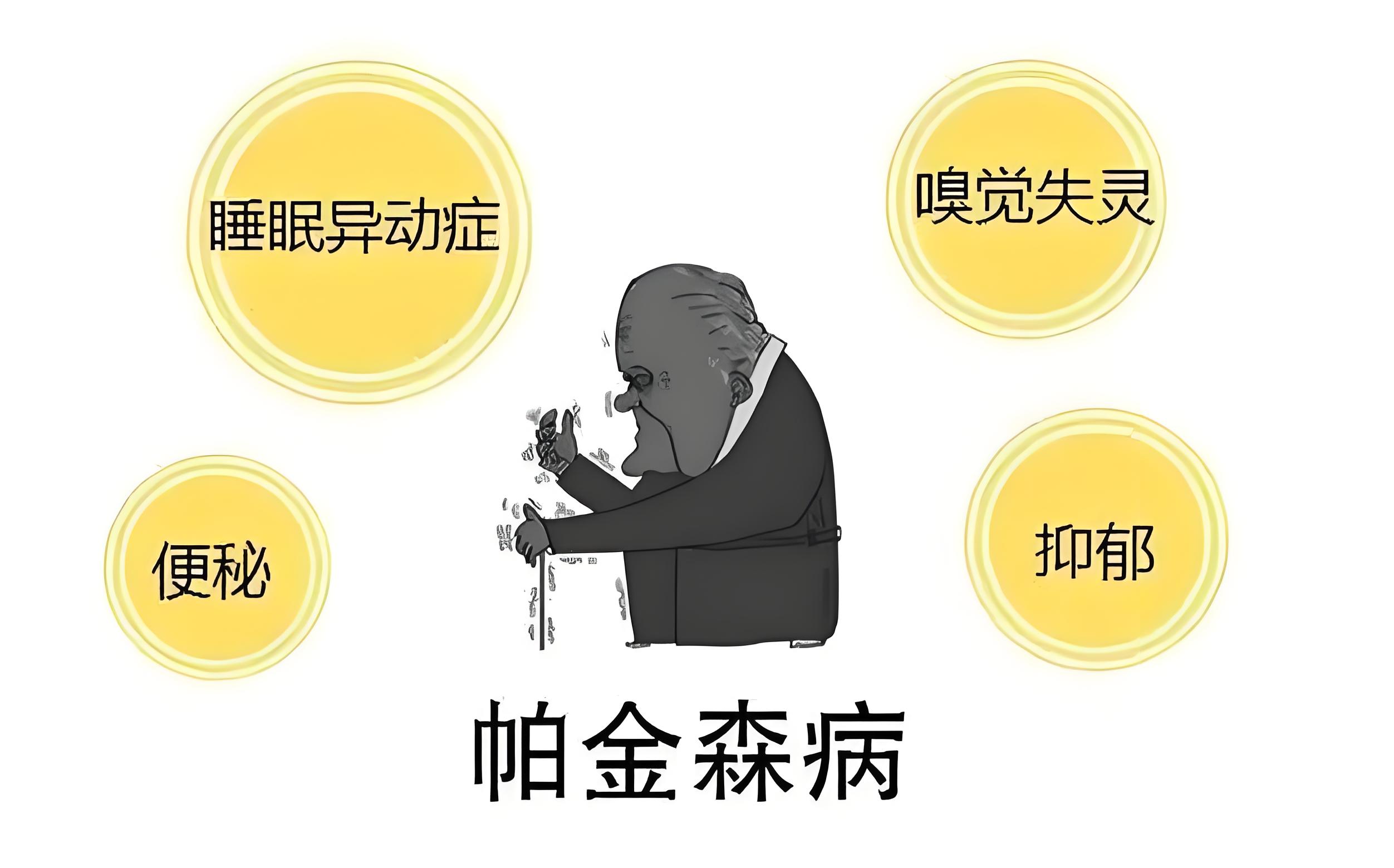对于世界各地的携带线粒体疾病成千上万的女人,有一个健康的孩子,可以是一个赌博。这组疾病影响线粒体,微小发电厂产生的能量在身体的细胞,通过专门的母亲的孩子。
女人希望阻止他们的孩子继承线粒体疾病通常依赖于植入前遗传学诊断挑选最健康的胚胎,但这并不能保证有一个健康的宝宝。
现在,在索尔克研究所的研究人员已经开发出消除从鸡蛋和早期胚胎的线粒体基因突变的一个简单的技术,具有防止婴儿继承线粒体疾病的潜在。他们的做法是在2015年4月23日发行的描述细胞。
“目前,有没有治疗线粒体疾病,”资深作者胡安卡洛斯izpisua Belmonte,Salk基因表达实验室和持有人的罗杰吉尔曼讲座教授。”我们的技术可以提供线粒体疾病携带者希望有孩子没有疾病的新希望。”
活细胞可以有几百个甚至上千————线粒体,其中每个都包含自己的DNA,一个小的37个基因的集合,为细胞器的功能是必不可少的。在这些关键的基因突变可导致一系列的疾病,可导致死亡的出生,一年只有几年或破坏性症状的平均寿命。
“最新的方法是试图开发那些已经患有这些疾病的患者的治疗,说:”Alejandro奥坎波,在izpisua Belmonte实验室的研究助理之一,论文的第一作者。”相反,我们认为,防止这些突变的传输在发展初期。”
izpisua贝尔蒙特和他的同事把两种分子:限制性内切酶和转录激活因子样效应的核酸(人才)。这些核酸可用来把特定的DNA链,作为一个类型的分子“剪刀”。索尔克团队设计的核酸酶切只包含特定的线粒体DNA,在卵子或胚胎的致病突变,留下健康的线粒体完整。
“我们可能无法消除的突变线粒体DNA百分之一百,”Pradeep Reddy说,在izpisua Belmonte实验室和新论文的第一作者的另一个研究助理。”但是你不需要消除所有的突变:只要减少的百分比显着足够的能在下一代的预防疾病。”
作为证据的概念,科学家,使用含有两种类型的线粒体DNA的小鼠,选择性地阻止传输一个用特异性核酸的下一代的类型在两个鸡蛋和一个细胞的胚胎。小老鼠用这种方法产生的正常发育到成年。此外,这种方法让研究人员成功地减少线粒体DNA突变负责两个人类线粒体疾病的水平。
在英国,国会最近批准的另一种技术被称为线粒体替换防止线粒体疾病的传播的使用。该技术是基于核基因组的转移从一个病人的胚胎为供体胚胎线粒体正常的。”我们的技术的临床应用中不需要捐赠的卵子,说:”他。”我们只执行一个单一的注射到患者的鸡蛋或一个细胞的胚胎,这比线粒体替换技术上更容易。”
izpisua贝尔蒙特和同事们正在研究将此技术的临床在人类卵子和胚胎的可能性。
在研究其他研究人员来自铃木,锦屏罗,Atsushi Sugawara,大慈冈村,吴军,戴维林,康塞普西翁罗德里格兹埃斯特班,伊格纳西奥马丁内兹和桑丘的索尔克研究所;桑德拉R. bacman,锡永L.威廉姆斯,和卡洛斯·T·迈阿密大学的;有tsunekawa RIKEN发育生物学中心;熊雄和伊利诺伊大学厄本那香槟分校赵会民;Nuria蒙特塞拉特岛的生物工程研究所加泰罗尼亚;刘光慧中国科学院;多洛丝马瑙斯,萨尔瓦Civico,Francesc cardellach和何塞玛丽亚campistol巴塞罗那大学的;和玛丽亚德尔玛O'Callaghan和Jaime campistol桑特琼de DéU巴塞罗那医院。
这项工作是由利昂娜M.和哈里B.赫尔姆斯利慈善信托基金的支持,美国国立卫生研究院,中国国家重点基础研究发展计划,中国科学院的战略重点研究项目,中国国家自然科学基金,该基金的,肌肉萎缩症协会,联合线粒体疾病的基础,佛罗里达州卫生和G.哈罗德和莱拉Y. Mathers慈善基金部。
原文
Gene-editing technique offers hope for hereditary diseases
For thousands of women around the globe carrying a mitochondrial disease, having a healthy child can be a gamble. This set of diseases affect mitochondria, tiny powerhouses that generate energy in the body's cells and are passed exclusively from mother to child.Women wishing to prevent their children from inheriting mitochondrial diseases have typically relied on preimplantation genetic diagnosis to pick the healthiest embryos, but that is no guarantee of having a healthy baby.
Now, researchers at Salk Institute have developed a simple technique to eliminate mitochondrial mutations from eggs or early embryos, which has the potential to prevent babies from inheriting mitochondrial diseases. Their approach is described in the April 23, 2015 issue of Cell."Currently, there are no treatments for mitochondrial diseases," says senior author Juan Carlos Izpisua Belmonte, professor in Salk's Gene Expression Laboratory and holder of the Roger Guillemin Chair. "Our technology may offer new hope for mitochondrial disease carriers wishing to have children without the disease."
Living cells can have hundreds -- or even thousands -- of mitochondria, each of which contains their own DNA, a small collection of 37 genes that are essential for the organelle's function. Mutations in these crucial genes can cause a wide range of diseases and can lead to fatality at birth, a life expectancy of only a few years or devastating symptoms for decades."Most current approaches are trying to develop treatments for patients who are already suffering from these diseases," says Alejandro Ocampo, a research associate in Izpisua Belmonte's lab and one of the first authors of the paper. "Instead, we thought of preventing the transmission of these mutations early in development."
Izpisua Belmonte and his colleagues turned to two types of molecules: restriction endonucleases and transcription activator-like effector nucleases (TALENs). These nucleases can be engineered to cut specific strands of DNA, functioning as a type of molecular "scissors." The Salk team designed nucleases to cut only mitochondrial DNA that contained specific, disease-causing mutations in eggs or embryos, leaving healthy mitochondria intact."We might not be able to eliminate one hundred percent of the mutated copies of mitochondrial DNA," says Pradeep Reddy, another research associate in the Izpisua Belmonte lab and first author of the new paper. "But you don't need to eliminate all of the mutated copies: just reducing the percentage significantly enough can prevent the disease in the next generation."
As proof of concept, the scientists, using mice containing two types of mitochondrial DNA, selectively prevented the transmission of one of the types to the next generation using specific nucleases in both eggs and one-cell embryos. Baby mice generated by this approach developed normally to adulthood. In addition, this method let the researchers successfully reduce the levels of mutated mitochondrial DNA responsible for two human mitochondrial diseases.
In the United Kingdom, lawmakers have recently approved the use of another technology known as mitochondrial replacement to prevent the transmission of mitochondrial diseases. This technology is based on the transfer of the nuclear genome from one patient's embryo into donor embryos with healthy mitochondria. "The clinical application of our technique does not require donor eggs," says Ocampo. "We are just performing a single injection into the patient's egg or one-cell embryo, which is technically easier than mitochondrial replacement."Izpisua Belmonte and colleagues are now investigating the possibility of translating this technology to the clinic in human eggs and embryos.
Other researchers on the study were Keiichiro Suzuki, Jinping Luo, Atsushi Sugawara, Daiji Okamura, Jun Wu, David Lam, Concepcion Rodriguez Esteban, and Ignacio Sancho-Martinez of the Salk Institute; Sandra R. Bacman, Sion L. Williams, and Carlos T. Moraes of the University of Miami; Yuji Tsunekawa of the RIKEN Center for Developmental Biology; Xiong Xiong and Huimin Zhao of the University of Illinois at Urbana-Champaign; Nuria Montserrat of the Institute for Bioengineering of Catalonia; Guang-Hui Liu of the Chinese Academy of Sciences; Dolors Manau, Salva Civico, Francesc Cardellach and Josep Maria Campistol of the University of Barcelona; and Maria del Mar O'Callaghan and Jaime Campistol of the Hospital Sant Joan de Déu Barcelona.
The work was supported by the Leona M. and Harry B. Helmsley Charitable Trust, the National Institutes of Health, the National Basic Research Program of China, the Strategic Priority Research Program of the Chinese Academy of Sciences, the National Natural Science Foundation of China, the JDM Fund, the Muscular Dystrophy Association, the United Mitochondrial Disease Foundation, the Florida Department of Health and the G. Harold and Leila Y. Mathers Charitable Foundation.



